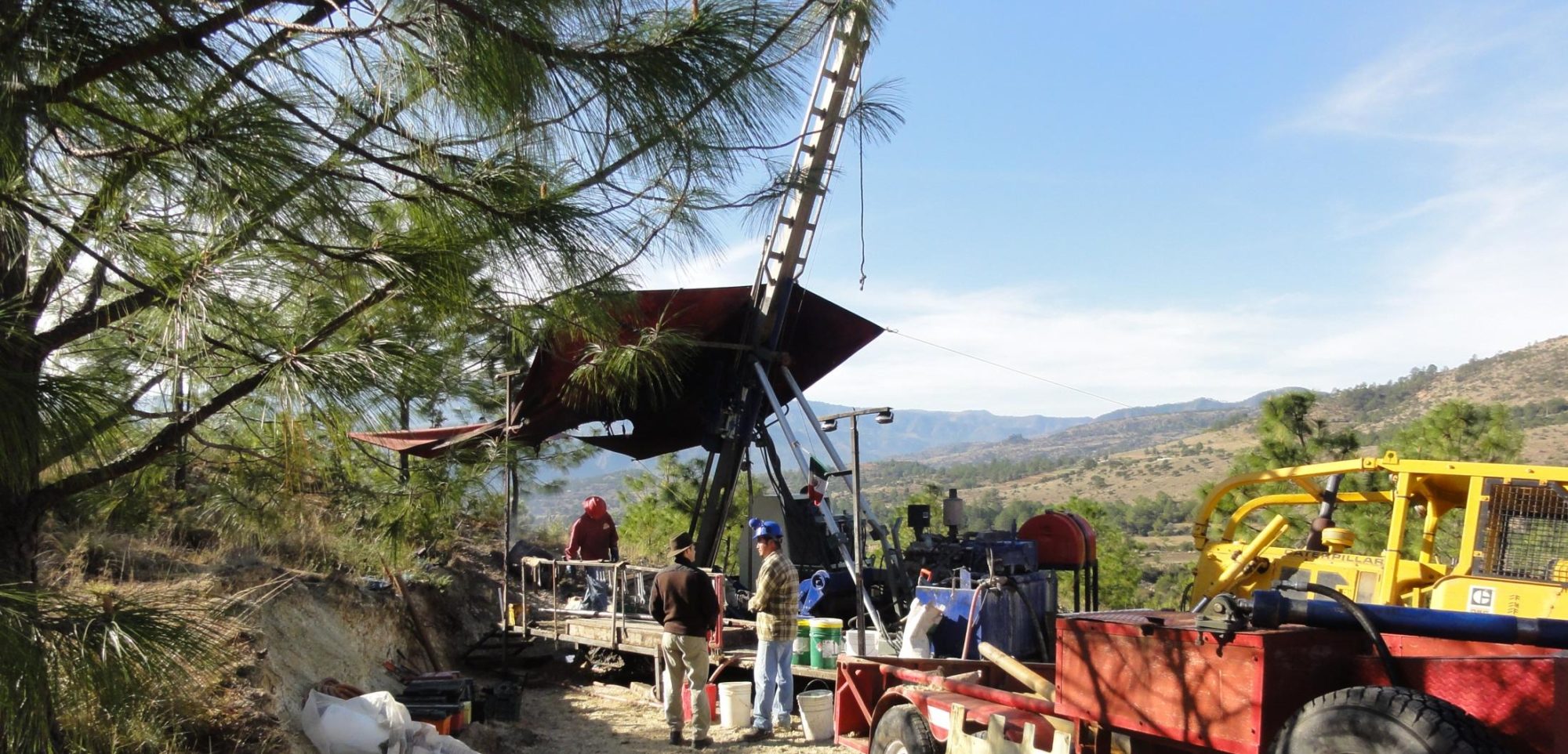Almaden Minerals is moving forward with plans to introduce X-ray Transmission (XRT) ore sorting to its Ixtaca silver-gold project in Mexico, with the latest economic study showing the technology can boost production and returns.
The Vancouver-based company previously said conventional XRT ore sorting technology could, among other things, push the average annual metal production above the 147,900 oz/y of gold-equivalent production number set in the prefeasibility study.
The latest study, carried out by Moose Mountain Technical Services, has done that, with the conventional open-pit mine slated to produce 173,000 oz of gold-equivalent output at an all-in sustaining cost of $850/oz over an 11-year life.
Initial capital was pegged at $174 million with a post-tax net present value (5% discount) of $310 million based on gold and silver prices of $1,275/oz and $17/oz, respectively.
Almaden said pre-concentration will use XRT ore sorting to produce a total of 48 Mt of mill feed averaging 0.77 g/t Au and 47.9 g/t Ag. This compares with 73.1 Mt of run-of-mine feed averaging 0.59 g/t Au and 36.3 g/t Ag. Test work had previously indicated ore sorting could separate barren or low-grade limestone host rock encountered within the vein swarm from vein and veined material, Almaden said.
This will see product from the secondary crusher screened in to coarse (+20 mm), mid-size (12 to 20 mm), and fine (-12 mm) fractions, Almaden said, adding coarse and mid-size ore would be sorted by an XRT ore sort machine to eject waste rock. Fine ore will bypass the ore sorter and go directly to the mill.
In addition to this measure, the company plans to use an ore control system during mining. This is “planned to provide field control for the loading equipment to selectively mine ore grade material separately from the waste”, Almaden said.
And, its water and waste management plans include the use of dry-stack tailings at the project, which would include co-disposal of waste with filtered tailings, use much less water than traditional slurry facilities, reduce the mine footprint, allow for better dust control and enable earlier rehabilitation of the tailings and waste disposal areas, Almaden said.











